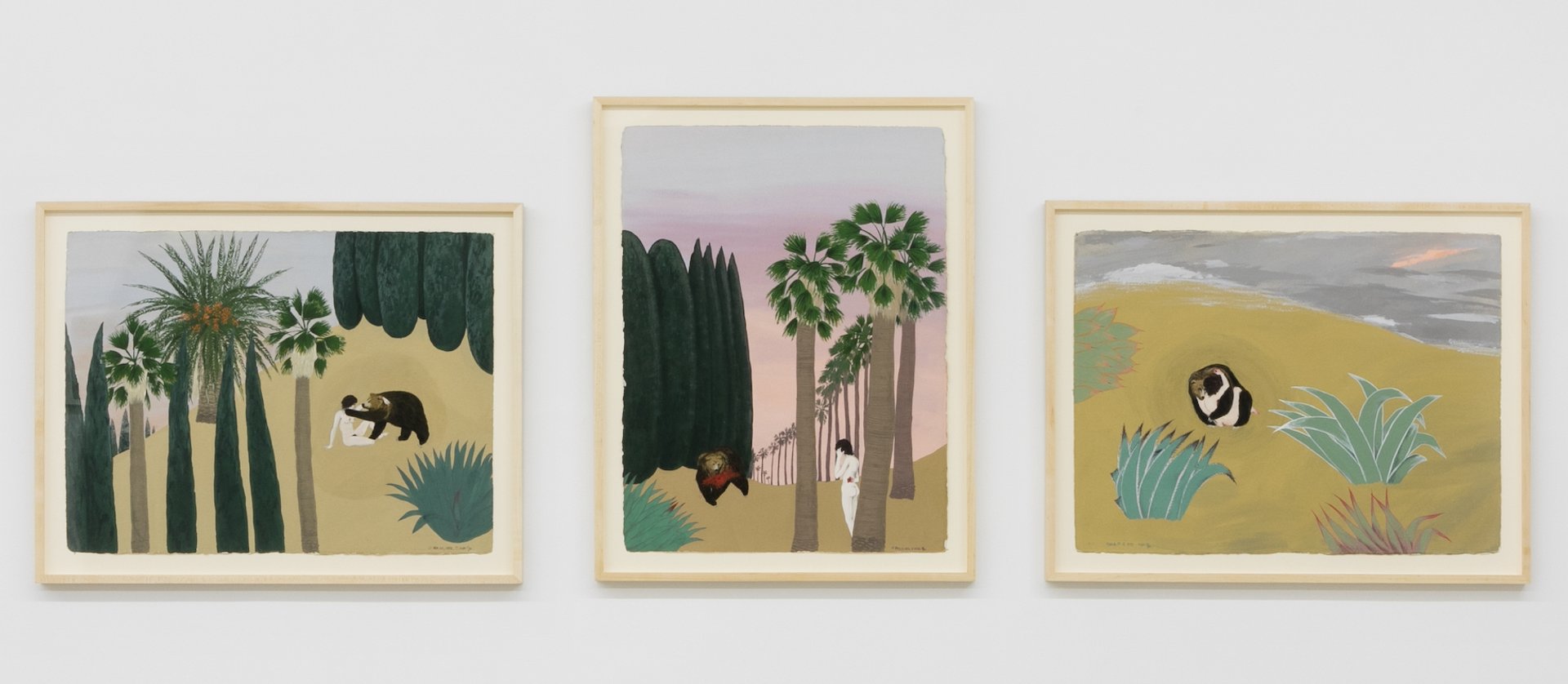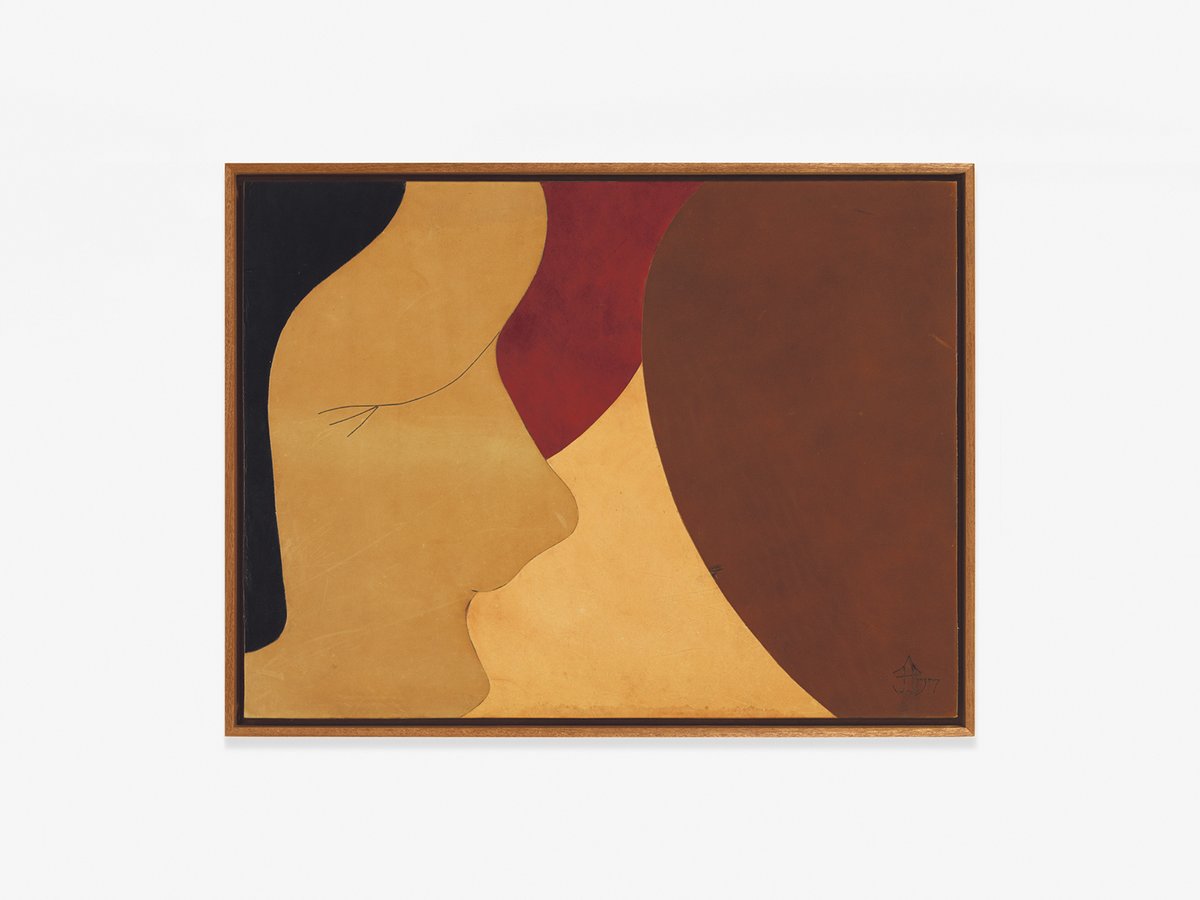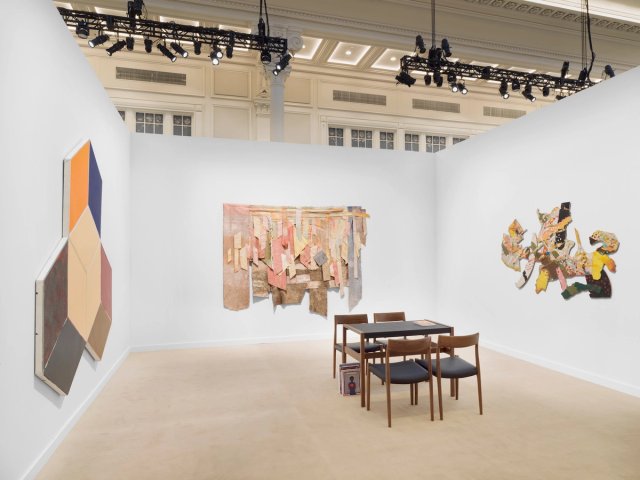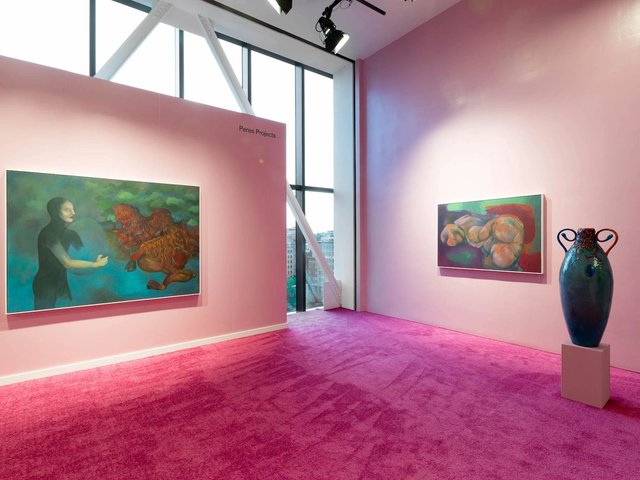That 70s Show, a 20-dealer takeover of Eric Firestone Gallery’s loft space at 40 Great Jones Street in New York, spotlights artists who were active during the titular decade, a period of enormous growth and experimentation across genres and media. The thematic fair (until 21 May) was inspired by a lecture given by the critic Jerry Saltz about the importance of keeping the legacies of older artists prominent in the cultural consciousness, after which dealer Eric Firestone resolved to “disrupt the usual fair week”, gathering a large variety of works from a pivotal moment in the New York art scene. Galleries participating in the project include PPOW, Karma, Kasmin, Ortuzar Projects, Craig Starr Gallery and Gordon Robichaux, among others.
Many of the works on display are by chronically under-appreciated artists like Robert Duran, an abstract painter of Shawnee and Filipino heritage, or Jane Freilicher, a Long Island-based artist best known for her sweeping landscapes and thoughtful still lifes (her furiously composed painting of dead fish pops off the wall with unexpected punch). By pairing pieces from less well-known artists with heavy hitters like Agnes Martin and Chuck Close, That 70s Show achieves an equitable, comprehensive view of a transitional time in post-war art.
Bortolami Gallery has contributed a suite gentle minimalist paintings by Daniel Buren and Mary Obering, who worked with John Weber Gallery in the 1970s. Anton Kern Gallery, Kaufmann Repetto and Andrew Kreps Galler have teamed up to present graphic, dreamy figurations by Puerto Rico-born artist Frank Diaz Escalet, an accomplished leather worker and painter whose elegant interpretations of the immigrant experience have lost none of their immediacy. Soft Network, the New York-based film archive, is showing two films by Susan Brockman, an experimental feminist auteur active in East Hampton and New York throughout the decade. Brockman’s restrained, poignant frames crackle on loop across from a series of wonderfully strange works by Judith Linhares, courtesy of PPOW, including a wild-eyed mermaid staring gleefully at a tiny sailor she dangles from her fingers.

Mira Schor's California Paintings (1971-1973) Courtesy of Lyles & King
The show boasts a strong psychosexual, feminist through-line: Mira Schor’s small-scale depictions of nude women embracing bears live near a grid of finely rendered drawings by A.I.R. Gallery co-founder Dotty Attie, which juxtapose cropped images of film stills and 18th century artworks to politically chilling effect. Perhaps the most exciting inclusion is a set of striking, surrealistically inflected line drawings from Benny Andrews’s Sexism (1973) series, which reflects his sense of solidarity with the feminists he met as the head of the Black Emergency Cultural Coalition, an advocacy group he founded in 1969.





